Our Services
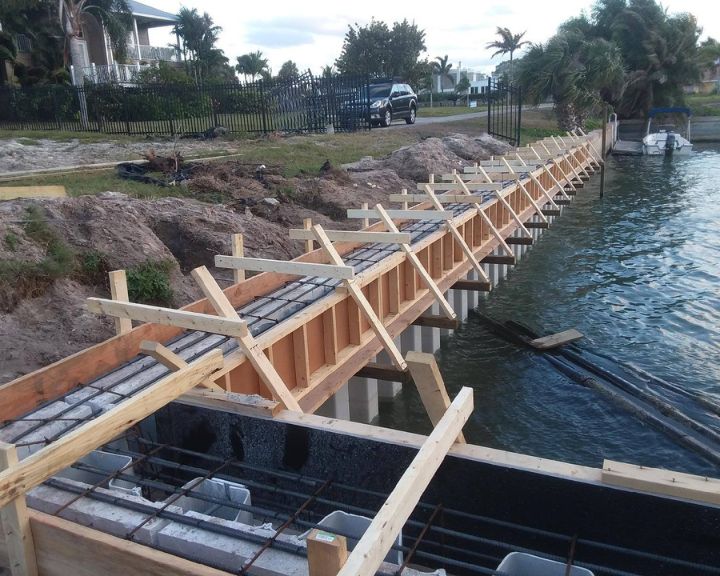
Seawall Construction & Installation
Our seawalls are more than just protective barriers; they are engineered masterpieces. Designed to withstand harsh marine environments, our seawalls offer the ultimate protection against erosion while enhancing the aesthetic appeal of your waterfront. Our team uses the latest technology and the finest materials to ensure each seawall is constructed to the highest standards.
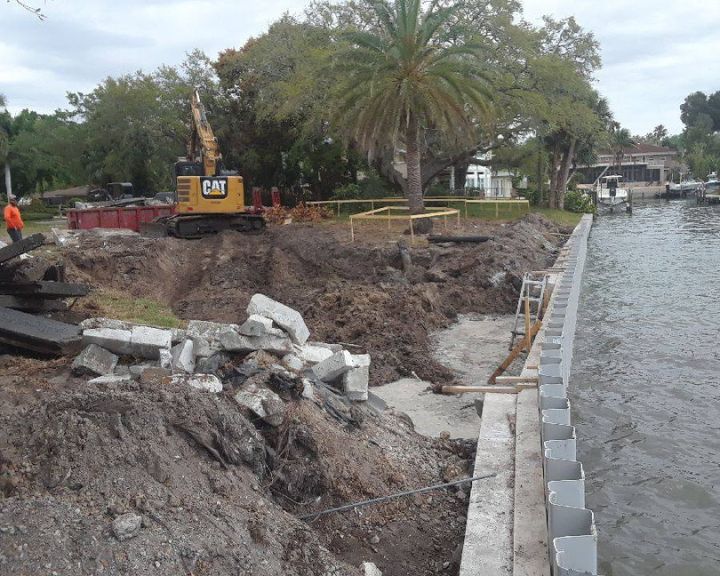
Seawall Repair & Maintenance
The longevity of a seawall is crucial. We provide comprehensive repair and maintenance services to address any issues, from minor cracks to major structural damages. Our preventative maintenance plans are designed to extend the life of your seawall, ensuring it remains strong and effective for years to come.
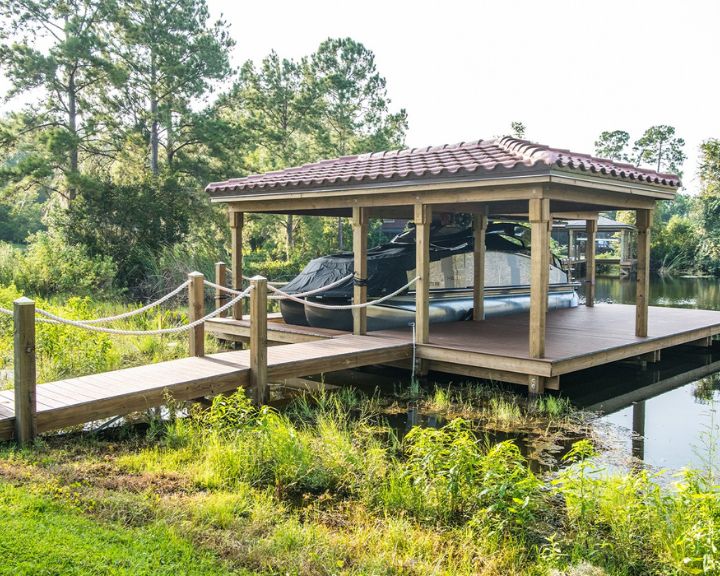
Dock Construction & Repair
Whether you desire a simple dock for leisure activities or a sophisticated marina for commercial use, our custom dock construction services cater to all your needs. We also offer expert dock repair services, focusing on structural integrity, functionality, and design, ensuring your dock remains safe and appealing.
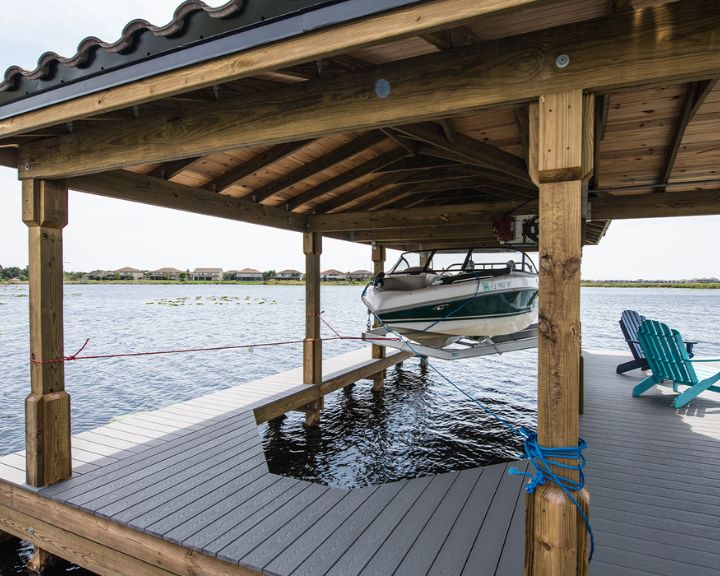
Boat Lift Installation & Repair
Our boat lift solutions are tailored to fit various types of vessels, providing easy access and maximum protection. We also specialize in the repair and maintenance of boat lifts, ensuring they operate smoothly and efficiently.
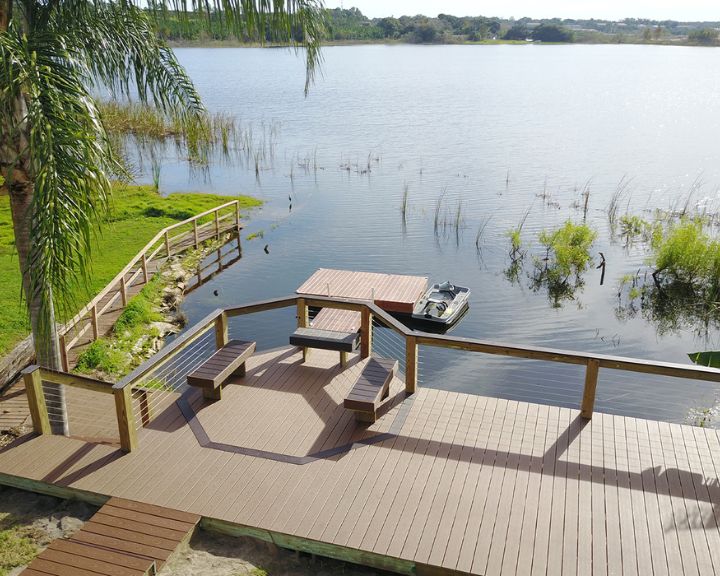
Deck Installation & Repair
Our decks are designed not just for beauty but also for resilience. From intimate family gatherings to large social events, our decks provide the perfect setting. We also offer comprehensive deck repair services, ensuring that your deck is always safe and inviting.
